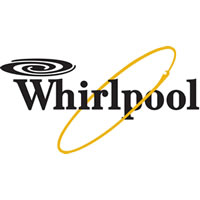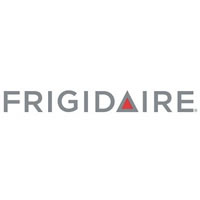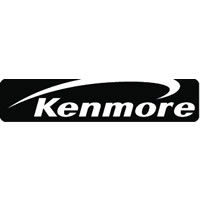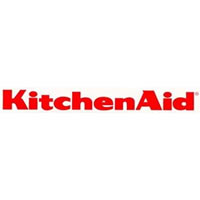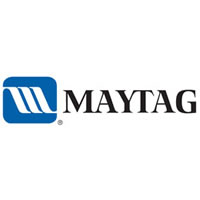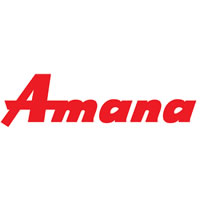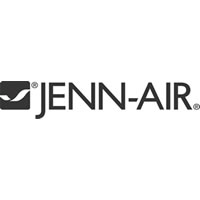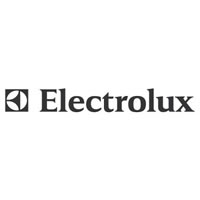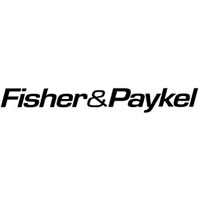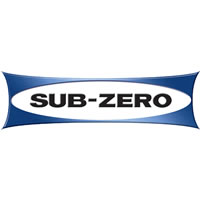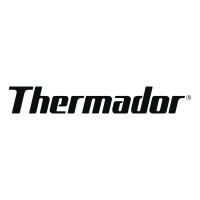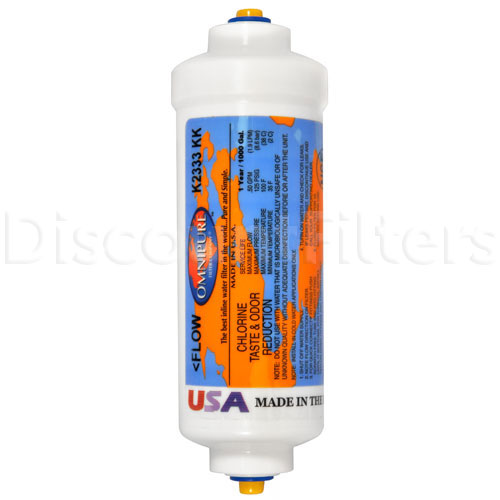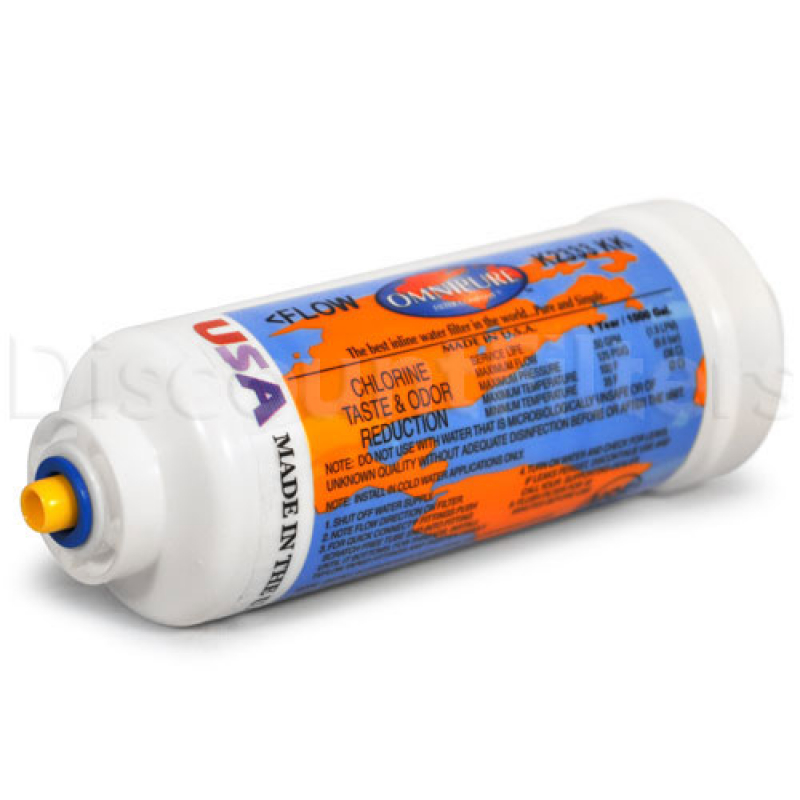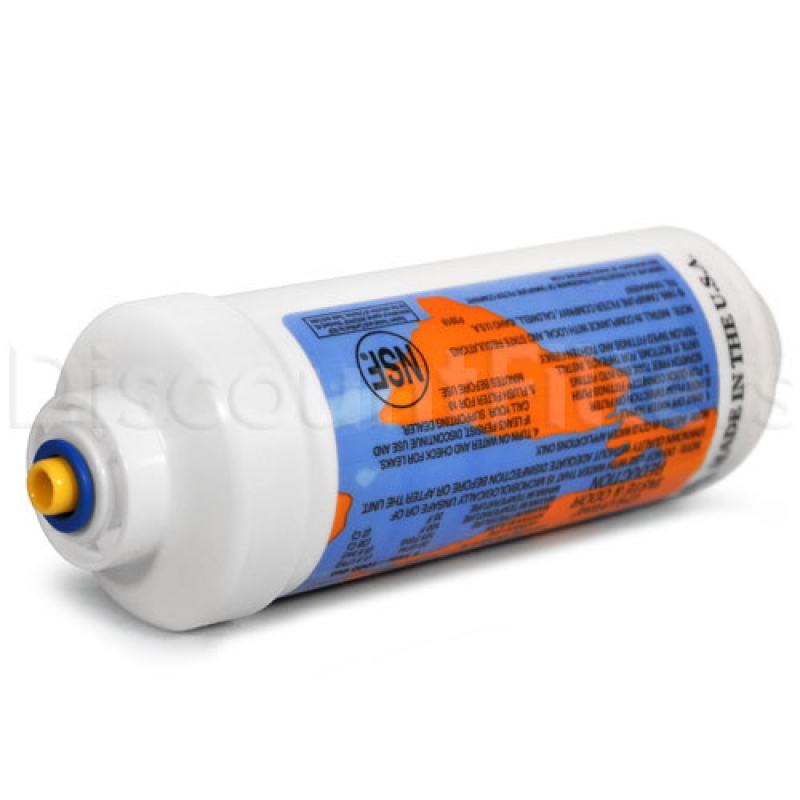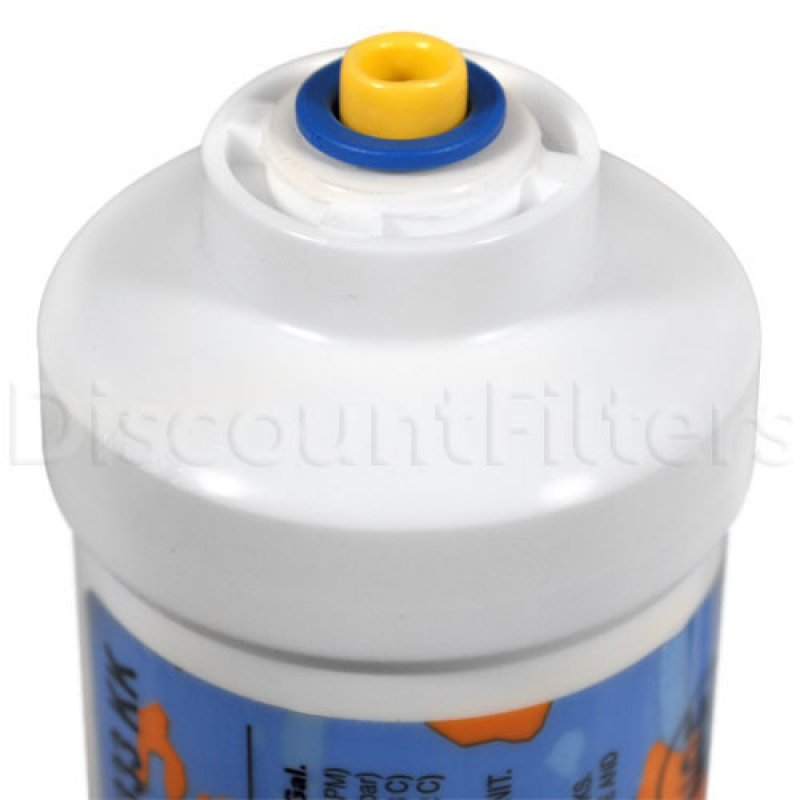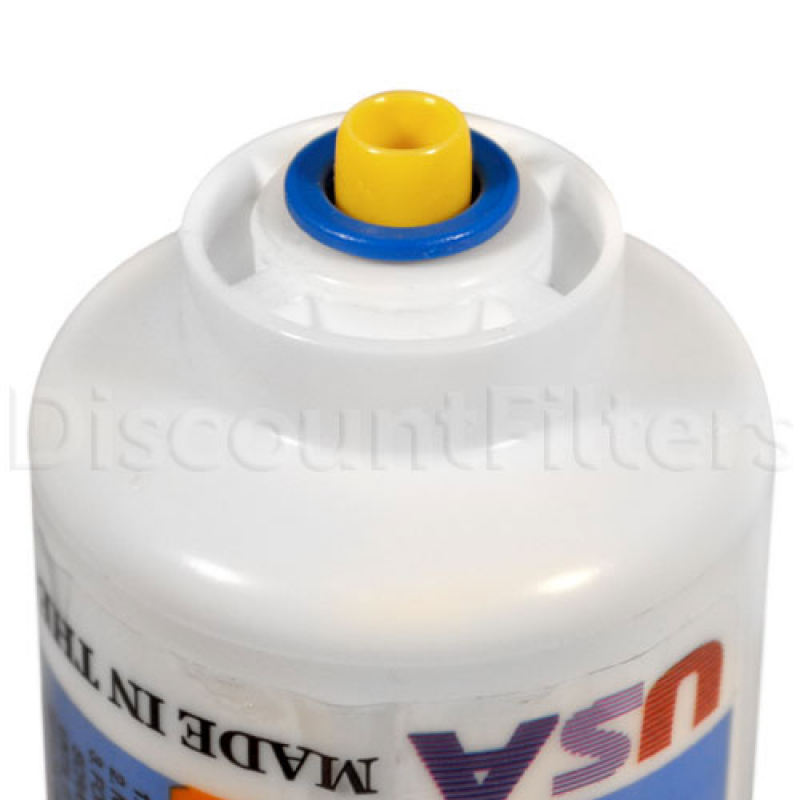Omnipure K2333-KK | Our#: 176730
Omnipure 6" K2333-KK In-line Chlorine Taste and Odor filter w/ 3/8" Quick Connect
Omnipure K2333-KK | Our#: 176730
- Fast Shipping & Free Returns
- 100% Compatibility Guarantee
Product Details
The Omnipure K-Series K2333-KK inline filter features 3/8 Quick-Connect compression fittings that allow for installation and replacement in a matter of seconds without the use of tools. The K2333-KK In-Line filter is used as a post filter with many different standard reverse osmosis systems.
Features
- Made with pride in the USA
- Uses advanced activated carbon technology
All product names, logos, brands, trademarks and registered trademarks are property of their respective owners. All company, product and service names used on this page are for identification purposes only. DiscountFilters.com and National Trade Supply, LLC are not affiliated with these brands.
Specifications
Length x Diameter
This filter fits these models
| Brand | Model or Part Number | Type |
|---|---|---|
| Culligan | AC15 | |
| Culligan | AC36 | |
| Culligan | LC50 | |
| Culligan | H-53 | |
| Microline | 435 |
This filter replaces these part numbers
| Brand | Model or Part Number |
|---|---|
| Culligan | 01004291 |
| Culligan | 01-0042-91 |
| Microline | S7206W |
| Microline | S7206C |
| Microline | S7206W-JG |
| ProElite | S7206W-JG |
Activated Block Carbon Technology
This filter uses activated block carbon technology. Carbon is one of the most adsorptive substances, and its numerous and microscopic pores make it capable of adsorbing many microscopic contaminants. Adsorption is a chemical bond between the surface of the carbon and a molecule (contaminant).
- Activated carbon is a carbonaceous, highly porous adsorptive medium that has a complex structure composed primarily of carbon atoms. The networks of pores in activated carbons are channels created within a rigid skeleton of disordered layers of carbon atoms, linked together by chemical bonds, stacked unevenly, creating a highly porous structure between the carbon layers. Activated carbon is able to attract and capture a whole host of contaminants, including chlorine and other organic chemical compounds.
- Activated carbon means that the carbon has been treated at 1000°C with steam molecules to selectively burn holes into the carbonized raw material, creating a multitude of pores inside the carbonaceous matrix. This process creates so much surface area that a teaspoon of activated carbon has roughly the same surface area as a soccer field!
- Activated block carbon, then, with its use of adsorption, is one of the most effective water filtration methods in use today.

